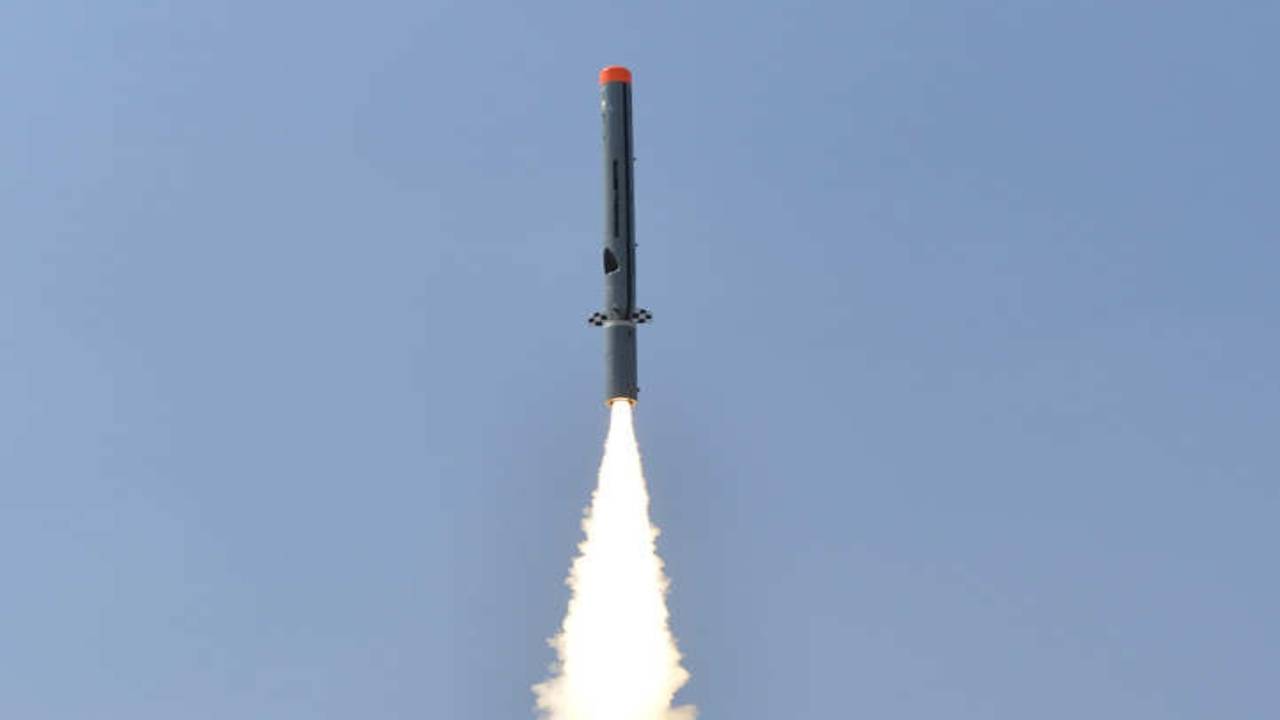A Sukhoi-BrahMos strike will make Pakistani airspace look like Swiss cheese
The air-launched BrahMos-A has an estimated operational range of between 300 km and 400 km and can be dropped from 1,640 to 46,000 feet.
Individually, the Su-30 and BrahMos are powerful weapons. But when the one of the most supermanoeuvrable fighters in the world is armed with a uniquely destructive cruise missile, together they are a dramatic force multiplier.
The BrahMos' 3,000 km per hour speed - literally faster than a bullet - means it hits the target with a huge amount of kinetic energy. In tests, the BrahMos has often cut warships in half and reduced ground targets to smithereens. The Sukhoi's blistering speed of 2,500 km per hour will add extra launch momentum to the missile, adding to its destructive power. Plus the aircraft's ability to penetrate hardened air defences means there is a greater chance for the pilot to deliver the missile on to its designated targets.
The extended range of the BrahMos-A will allow IAF pilots to destroy Balakot type targets from at least 150 km within Indian territory. The Sukhois can also launch their missiles against Pakistani targets from the southwest while flying over international waters, thereby complicating the enemy's defences.
While Pakistani air defences - and its terrorists in Balakot - were literally caught napping during the February 26 raid, at least the Pakistani military woke up after the Indian bombs exploded, and the PAF was able to scramble a few jets. In theory, if the Pakistanis had detected the intrusion early, they could have alerted the jehadis to vacate the buildings. But a BrahMos-A barrage by Sukhois taking off from Halwara air base in Punjab will take less than 60 seconds to crash into the terror complex in Bahawalpur, Pakistan, giving no time to the jehadis to even say their prayers.
While terror targets, such as Balakot, will be provided on a real time basis by Indian intelligence and space agencies, the war time targets are obvious. A two-squadron attack can within minutes utterly cripple Pakistan's command and control centres; nuclear power plants, including Kahuta where the so-called Islamic Bomb is manufactured; the Sargodha Central Ammunition Depot west of Lahore where these warheads are stored; ballistic missile bases in Gujranwala, Okara, Multan, Jhang and Dera Nawab Shah; Pakistani Army Corp headquarters in Rawalpindi; the Karachi Port, Pakistan's only major harbour and its Naval HQ; and ordinance factories that manufacture tanks and fighter aircraft.
In previous conflicts, the IAF avoided attacks on non-military infrastructure, with the political leadership believing that hitting civilian targets in Pakistan would anger Indian Muslims. So for instance, in the 1971 War, while the IAF and the Indian Navy attacked the oil storage farms in Karachi port - which burned for a week - they spared railway stations and airports.
The decision to equip the Sukhois with the BrahMos signals a new intent. Since the aircraft's radar can detect tall buildings at a distance of 400 km and small building at 120 km, in the next war expect a lot of damage to enemy infrastructure - dams, power stations, strategic bridges are all going to be included in the list of likely targets.
A pre-emptive nuclear strike will therefore ensure that Pakistan's offensive capability is effectively neutralised and it is never again a threat to India.
Chinese military infrastructure in Tibet and its strategic railway lines connecting the illegally annexed province to the Han heartland can easily be destroyed should the dragon try and come to the aid of its client state Pakistan.











